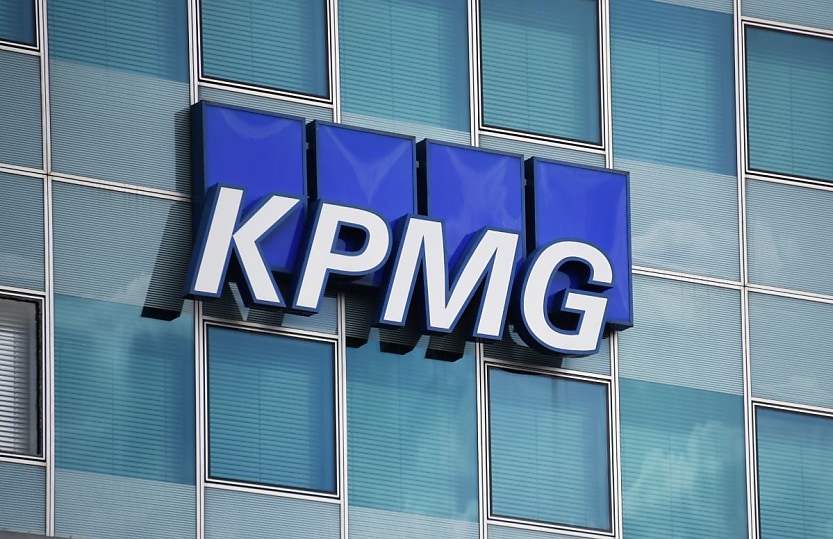US regulator reveals KPMG’s redacted audit deficiency rate

KPMG’s audit deficiency rate has been made public months after being redacted by the US regulator; ASIC defends its decision to cut its annual audit quality scorecard.
KPMG US’s audit quality rating was made public two months after it was withheld from the PCAOB’s annual inspection report released in February.
According to the new report, the firm’s Part 1.A audit deficiency rate was 30 per cent in 2022, meaning that nearly one-third of its audits were founded on insufficient evidence.
While this was an increase on the firm’s 26 per cent rating in the two prior years, it was well below EY’s big four leading deficiency rate of 46 per cent.
Including KPMG, the big four’s average deficiency rate was 25.5 per cent. Only one year prior, it had been 13 per cent.
PwC’s deficiency rate was nine per cent, cementing its legacy of relatively high audit quality among the US big four, while Deloitte’s was 17 per cent.
Jeffrey Johanns, associate professor at the University of Texas, Austin, wrote that the omission of KPMG’s deficiency rate was unprecedented among large firms.
“Given the obvious importance of the Deficiency Rate as representing the Board’s key indicator of audit quality, it was highly unusual when the Board issued KPMG’s most recent inspection report redacting the firm’s annual Deficiency Rate, but including certain incomplete inspection information, all without context or explanation,” he wrote.
“It’s like a public company that is valued based on revenues issuing a quarterly earnings announcement and redacting revenues from the press release.”
While the PCAOB has yet to explain exactly why the data was omitted or why it has suddenly been released, the leading theory appears to be that the firm had appealed certain findings of the inspection report, causing a delay.
PCAOB declined to comment on the reason for the redaction.
The audit quality of big four firms is of international concern, particularly in recent years amid surging deficiency rates and international scandals.
PCAOB chair Erica Williams said the audit quality among big four firms in the US last year was “completely unacceptable” and that COVID-19-era disruptions no longer held sway.
After its 46 per cent deficiency rate was made public, EY US announced it would restructure its audit practice to centralise its decision making and to take advantage of new technologies.
Only the year prior, its deficiency rate was 21 per cent. EY US chair Julie Boland and vice-chair Dante D’Egidio said the spike “does not reflect our high standards and is unacceptable to us.”
Meanwhile, across the pond, EY UK’s chief executive, Carmine Di Sibio, recently said the firm is considering how best to improve its audit quality, according to an internal memo seen by Reuters.
The memo also shot down speculation that the firm was planning to split its audit and consulting arms in response to growing scrutiny of potential conflicts of interest.
As noted by Accounting Times, the partly redacted report still gave a more comprehensive view of big four audit quality than is available in Australia.
After only two years, ASIC ceased publishing its audit quality scorecard which gave firm-level audit quality ratings to the six largest audit firms in the country.
ASIC’s last audit quality report published in October 2022, found that Deloitte had failed to find sufficient evidence for half of the key audit areas it reviewed, with KPMG not far behind at 48 per cent.
PwC and EY failed to meet ASIC’s standards on 17 per cent and 15 per cent of the key audit areas reviewed by the watchdog, respectively.
According to Ownership Matters, 97 per cent of the external audit work of the ASX 300 is done by the big four in Australia.
Between 2018 and 2022, these companies forked over an estimated $4 billion in auditing and consulting fees to the big four, with the top 20 ASX companies contributing half.
ASIC dropped the reporting as part of a major restructure, in which former chief accountant Doug Niven was given the boot, which it said would allow it to focus on opportunities for a “stronger and more effective approach.”
This decision has caused no small amount of criticism, not least from Niven, who claimed that naming and shaming – now only done in exceptional circumstances – is a key incentive for better audit quality.
“Sufficient levels of surveillance and transparency of findings provides evidence of the need for improvements in conduct in a regulated population,” he recently told a parliamentary inquiry, adding, “A problem does not cease to exist just because of the extent of the problem is less apparent.”
In response to Niven’s claims, ASIC commissioner Kate O’Rourke defended the watchdog’s updated approach, which created a combined financial reporting and audit surveillance program focusing on the whole financial reporting chain.
The approach is a targeted one, where audit files are selected for review where a change has been made to financial information or where there is a risk of material misstatement.
“This approach also means that we can concentrate our resources on audits where there is more likely to be harm to consumers and investors through deficient financial information,” she wrote.
About the author

